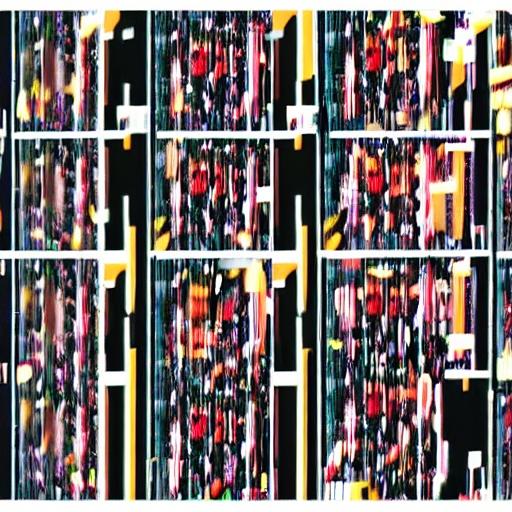NFTs, short for Non-Fungible Tokens, have become the latest buzzword in the world of technology and art. But what exactly are NFTs, and why have they taken the digital world by storm?
In simple terms, an NFT is a unit of data stored on a blockchain that certifies the ownership and authenticity of a unique item or piece of content. Unlike cryptocurrencies such as Bitcoin or Ethereum, which are fungible and can be exchanged on a like-for-like basis, NFTs are one-of-a-kind assets that cannot be replicated or exchanged for another item.
Think of it like owning a digital collectible or a piece of digital art. NFTs can represent a wide range of digital or physical assets, including art, music, videos, virtual real estate, virtual goods, and even tweets. Each NFT contains metadata that includes information about the asset, creating a verifiable proof of ownership and establishing its unique characteristics.
One of the key features of NFTs is their ability to be bought, sold, and traded on various online marketplaces. This is made possible by the blockchain technology that powers them. Blockchain provides a decentralized and secure system where ownership transactions can be recorded transparently and permanently. It also ensures the scarcity and uniqueness of NFTs, as their history and ownership are immutably stored on the blockchain.
So, how do NFTs work? Let’s take a step-by-step look at the process:
1. Creation: An artist or creator tokenizes their work by converting it into an NFT. This involves minting the token and adding relevant metadata such as the creator’s name, the title of the work, and a description.
2. Marketplace Listing: The NFT is listed for sale on a marketplace or platform. Popular NFT marketplaces include OpenSea, Rarible, and NBA Top Shot.

3. Ownership Transfer: A buyer purchases the NFT and the ownership is transferred to them. The transaction is recorded on the blockchain, providing an unforgeable proof of ownership.
4. Royalties and Secondary Sales: In some cases, creators can set royalty percentages to receive a cut whenever their NFT is resold in the future. This allows artists to benefit from the increasing value of their work in the secondary market.
NFTs have gained significant attention due to their potential for artists and creators to monetize their digital content and generate income in new ways. They offer a new business model that allows artists to sell directly to their fans without intermediaries such as galleries or record labels. Additionally, NFTs enable collectors to own unique and rare pieces of digital art or other digital assets, which can be seen as a status symbol within certain communities.
However, NFTs have also faced criticism for their environmental impact, as the energy consumption associated with blockchain transactions is relatively high. Critics argue that the carbon footprint of NFTs undermines their potential benefits for artists and creators.
Despite the debates and controversies surrounding NFTs, they have undoubtedly sparked a revolution in the art and digital content industries. Only time will tell how NFTs will continue to evolve and shape the future of digital ownership and creative expression.
